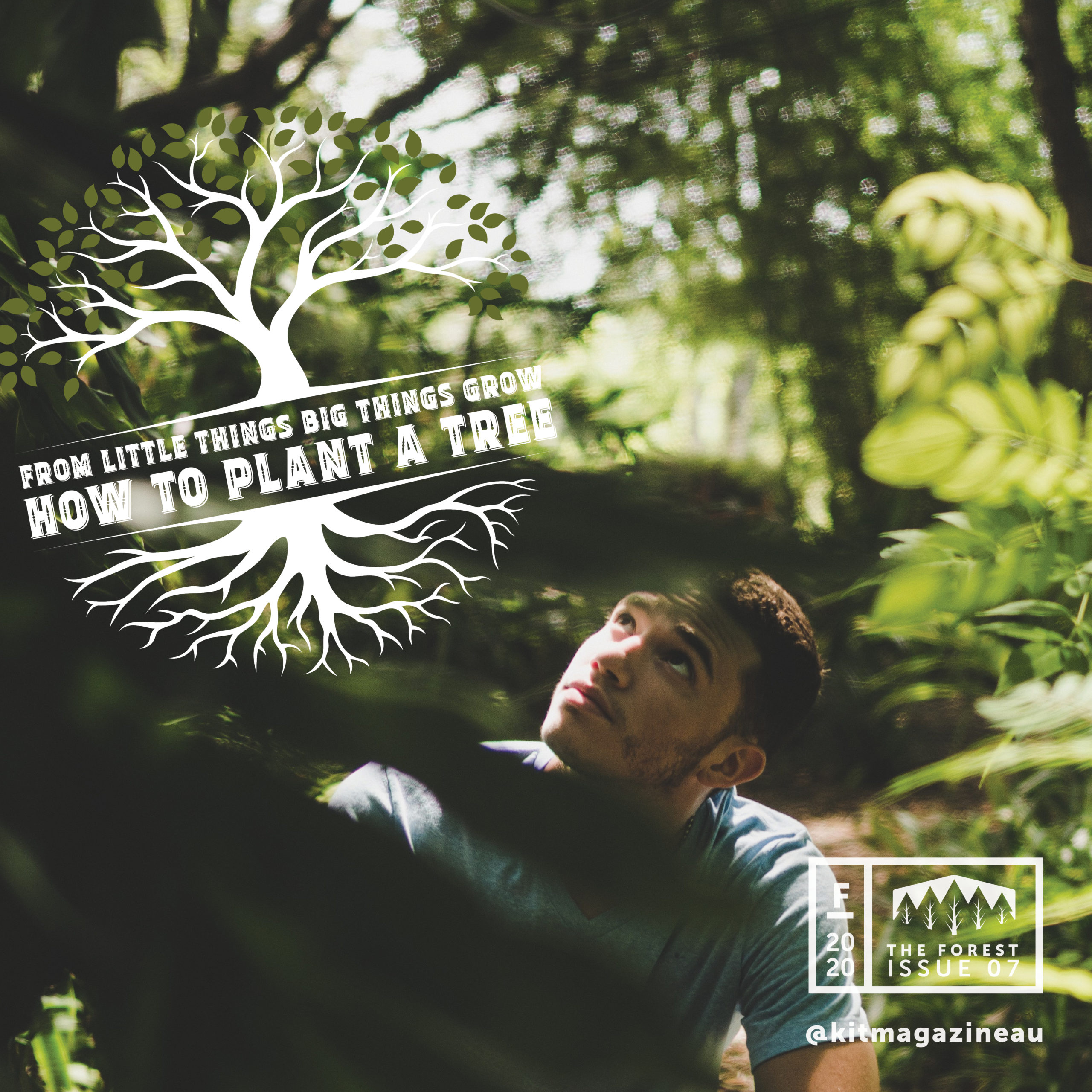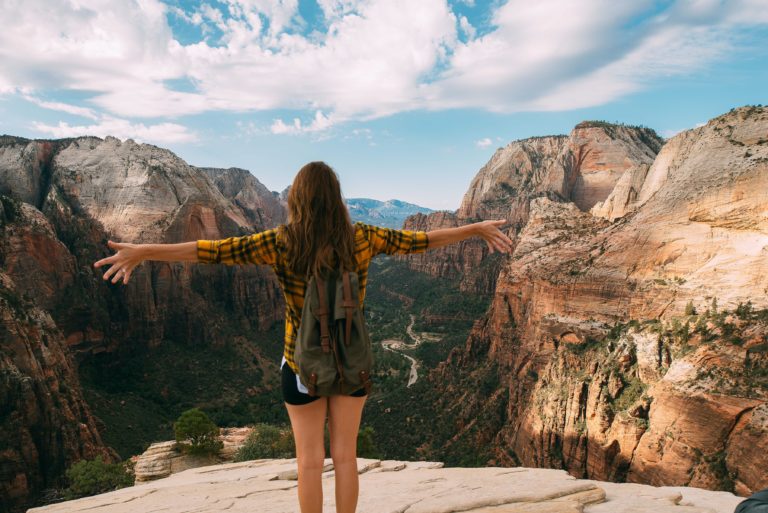
Plant a Tree for Me Program is a group working to restore the habitats of our endangered native animals by replanting the areas affected by bushfires.
If you also want to help the environment in a hands-on way, why not trying to grow a native tree yourself?
01 CHOOSE YOUR TREE
Go for a walk in your local area – what sort of trees can you see? Lanky, waving gum trees? Stout, colourful bottlebrushes? Maybe some towering, gnarled paperbarks? Our native trees come in all shapes and sizes, and some will shoot up quickly while others take more than a lifetime to reach their full height. It’s up to you what you choose to grow, but if you want a bit of guidance, try visiting your nearby gardening centre. They’ll be able to tell you what will work best for your local area as well as the right time of year for planting.
02 CARE & PATIENCE
Once your seedling has poked up through the surface of the soil, you can move the pot so it receives a nice sunbath. Sunlight, air and a moist soil bed will encourage your seedling to grow into a sapling (a young tree). Be sure to keep an eye out for insects, pests and wildlife. Your sapling might need to be re-potted as it outgrows its current pot. And once it’s about 40cm tall, you can start looking for its permanent home in the bush.
03 PLANT THE SEED
Start by making the right home for your seed. You’ll need to put a layer of small stones at the bottom of a pot and fill it up with potting mix. Dig a small hole and place your seed. Cover it back up with the potting mix, give the surface a gentle press, and then water the pot just enough to make the soil damp. Think of it like tucking your seed into bed. Because you’re growing your tree from a seed instead of an already-sprouted seedling, you’ll need to be extra patient. It can take months for your little tree to-be to wake up and show its first sprout through the soil. Just make sure you’re keeping it in a warm, gently lit spot and test the soil every now and then to check it’s not too dry or wet.
04 PLANT YOUR TREE
Where would you like to plant your tree? Will your home garden have room for it, once it’s fully grown? Remember some native species grow pretty big! If you want or need to plant your sapling in the wild, think about where it might grow best and be safe to plant. There are lots of community groups who run tree-planting days, and you can reach out to your local council for advice on the right place for your tree. Once you’ve picked the spot, you’re ready to plant your tree. All you need to do is make sure the roots of your sapling are wet, dig a hole about twice the size of the roots and deep enough to cover them, gently take your sapling out of the pot and plant it in the hole. Cover it back up with soil and give it a drink of water to welcome it to its new home.
Visit your tree to watch it grow strong and tall as the seasons pass. Soon it will be a home for all kinds of animals, birds and insects, changing the world for the better for generations to come.
YOU CAN FIND OUT MORE ABOUT HOW TO CHOOSE, GROW AND PLANT TREES BY VISITING GROUPS LIKE:
Give a gift that keeps on growing
Help continue to grow Australia’s damaged bushland and animal habitats by donating the cost of a tree. Planting trees to continue Healing our land is so important for the livelihood of our precious Australian wildlife.
$10 to Buy One Tree
$100 to Buy Ten Trees
$500 to Buy Fifty Trees
Not only will the planting of trees restore our damaged habitats, but by planting a tree you will assist in restoring lost habitat for native species.
Species being planted: Grey Gum, Black She-Oak, Forest Red Gum, Mountain Blue Gum, Myrtle Tea Tree, Ribbon Gum, Dryland Tea Tree.
These trees protect threatened species such as Koala, Glossy Black Cockatoo, Scarlet Robin, Swift Parrot, Yellowbellied Glider, Western Pygmy Possum, Bitter Bush Blue Butterfly.




















